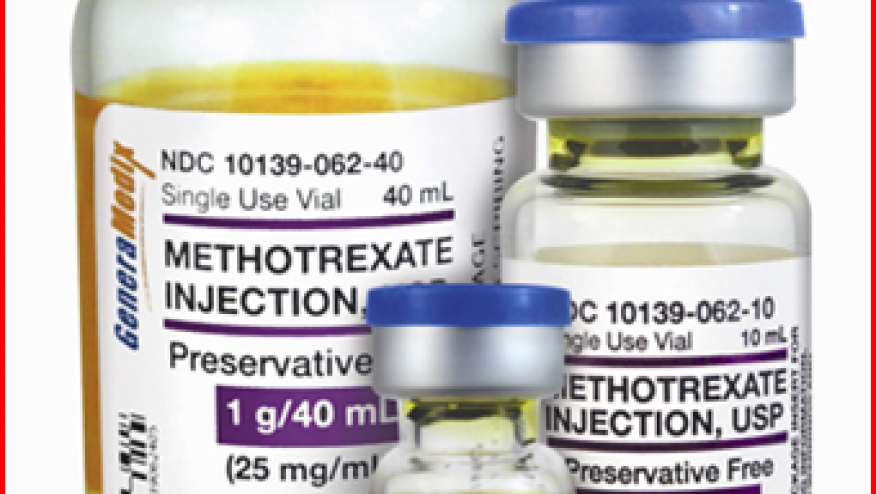Safety and Tolerability of Subcutaneous Methotrexate Save

A large, single-rheumatology center analysis of oral and subcutaneous (SC) methotrexate (MTX) use in daily clinical practice suggests that SC MTX has fewer drug discontinuations and is better tolerated compared to other DMARD therapies.
Retrospective analysis of a single center found that among 8,394 patients on DMARDs, 2,093 received oral MTX and 949 patients received SC MTX. The median dose was 15 mg for oral MTX, and 20 mg for SC MTX (P < 0.0001).
Continuation rates (adjusted for follow-up duration) were higher for SC MTX therapy, with a rate ratio (RR) of 1.54 (95% confidence interval [95% CI] 1.40–1.70) (P < 0.0001).
There were significantly fewer adverse events in those who received SC MTX monotherapy versus those who received biologic and combination DMARD therapies (P < 0.01).
Compared to oral MTX, SC MTX had a nonsignificant trend toward lower rates of neutropenia, but had a slightly higher rate of transaminitis (RR 1.26; 1.07–1.48, P = 0.006), despite taking higher doses of SC MTX.
Subcutaneous MTX is uncommonly used in adult rheumatology practices, but this single center experience suggests it is comparatively safe and showed roughly equivalent rates of discontinuation and transaminitis.









If you are a health practitioner, you may Login/Register to comment.
Due to the nature of these comment forums, only health practitioners are allowed to comment at this time.